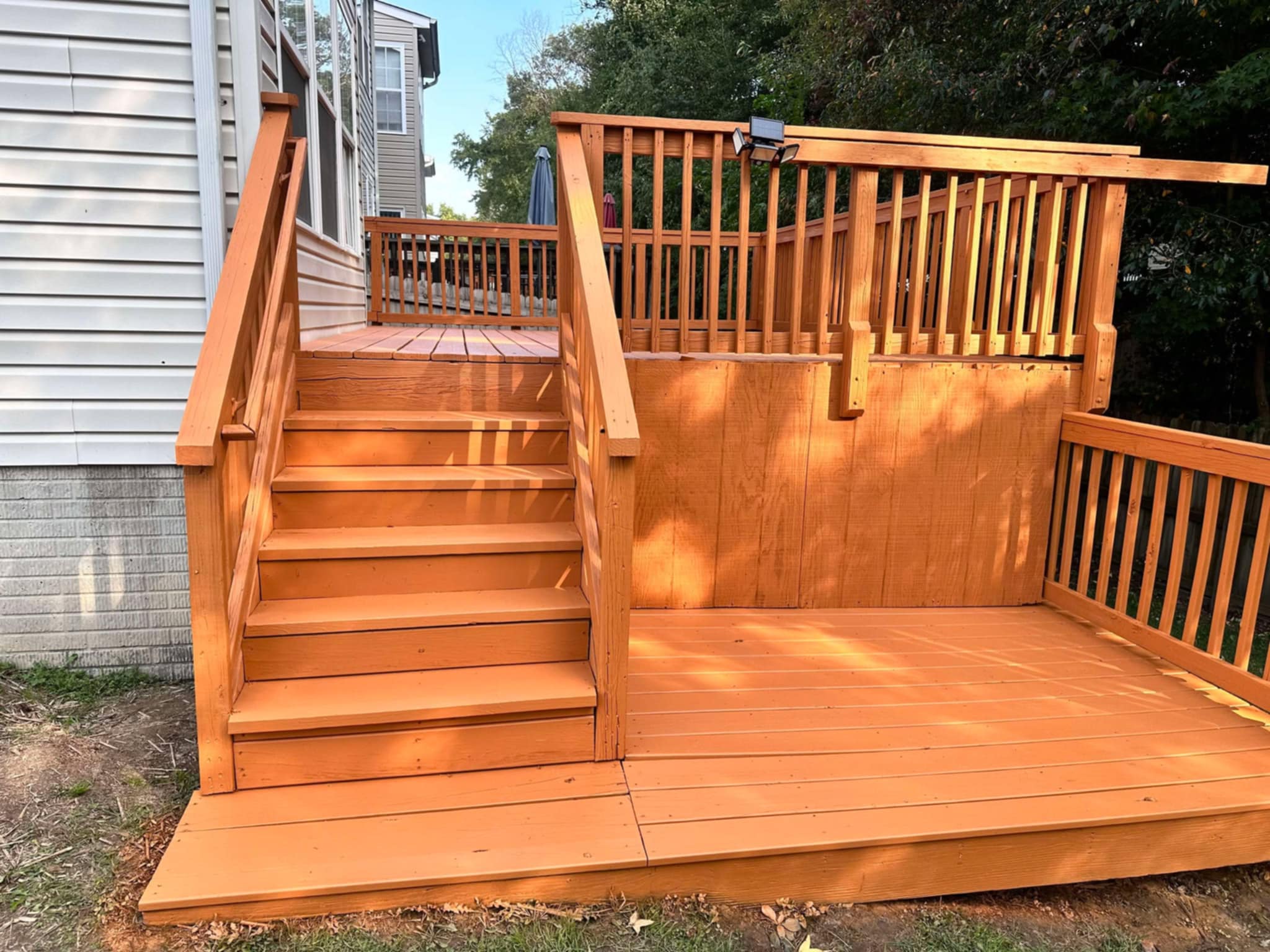
Hardwood Mulch
Processing deciduous timber derivatives creates specialized cultivation substrates through refined mechanical reduction. These engineered components, sourced primarily from oak, maple, and cherry specimens, deliver both aesthetic enhancement and technical growing advantages through strategic deployment.
Technical Composition Framework
Advanced processing transforms deciduous bark and timber elements into calibrated coverage materials. Primary source materials include selected hardwood varieties, mechanically engineered through precise reduction protocols for optimal distribution characteristics.
Implementation Advantages
- Vegetation Suppression: Matrix density prevents photosynthetic penetration, establishing natural growth barriers.
- Hydration Management: Specialized coverage reduces moisture loss through advanced evaporation control.
- Thermal Regulation: Engineered insulation properties maintain optimal soil temperatures across seasonal variations.
- Nutrient Integration: Progressive decomposition introduces essential elements through natural breakdown processes.
- Structural Preservation: Strategic surface protection prevents environmental degradation through comprehensive coverage.

Implementation Protocol
- Surface preparation requires comprehensive removal of undesired vegetation and debris elements.
- Distribute processed materials through uniform application methods, maintaining strategic clearance around plant bases.
- Initial installations demand 2-4 inch substrate depth. Established zones require 1-2 inch maintenance layers.
- Avoid direct contact between mulch matrix and plant structures to prevent moisture-induced degradation.
- Annual material replenishment maintains optimal coverage through natural decomposition cycles.
Technical Specifications
- Source premium-grade materials verified free from chemical contamination.
- Select natural chromatic variations aligned with environmental aesthetics.
- Avoid deployment in zones exhibiting hydration accumulation tendencies.
- Consider synthetic barrier integration for enhanced vegetation control.
- Monitor substrate depth through regular measurement protocols.
Restrict application near consumable cultivation zones due to potential pest attraction. Alternative organic materials recommended for edible gardens.

Cons of Using Hardwood Mulch
- Can attract pests and insects if not properly maintained.
- May contain harmful chemicals or dyes if not sourced from a reputable supplier.
- Can smother plants if applied too thickly.
Hardwood Mulch Near Me
Professional substrate acquisition begins through established horticultural suppliers and regional garden facilities. These centers maintain diverse coverage options while providing technical consultation regarding optimal application strategies. Additional procurement channels include professional landscaping operations and verified regional distributors.
Comprehensive supplier evaluation demands thorough performance review and comparative cost analysis. Strategic hardwood mulch implementation enhances cultivation zones through advanced soil management while supporting environmental cycles through natural decomposition processes.
Consider exploring technical specifications, delivery capabilities, and bulk pricing structures through local agricultural networks. Professional consultation ensures optimal material selection aligned with specific landscape requirements.

FAQs
Hardwood mulch should be replenished every 1-2 years, depending on how quickly it breaks down and the thickness of the initial layer.
While hardwood mulch is suitable for most garden beds, it is not recommended for use in areas where water tends to pool or collect, as it can lead to excessive moisture buildup and harm plants. Additionally, avoid using hardwood mulch in vegetable gardens or around edible plants.
No, you can apply hardwood mulch at any time of year. However, it is best to avoid applying it during periods of heavy rain or extreme heat.
Yes, adding a layer of hardwood mulch can help suppress weed growth by blocking out sunlight and preventing weed seeds from germinating.
To maintain your hardwood mulch, periodically rake and fluff the layers to prevent compaction and allow for proper water penetration. You may also need to replenish the layer as it decomposes over time.

















